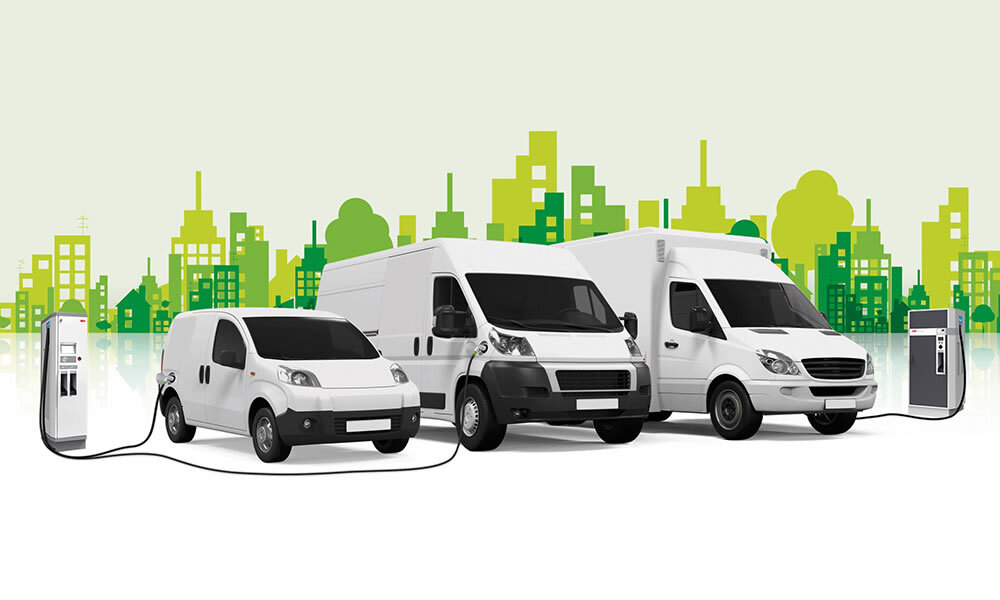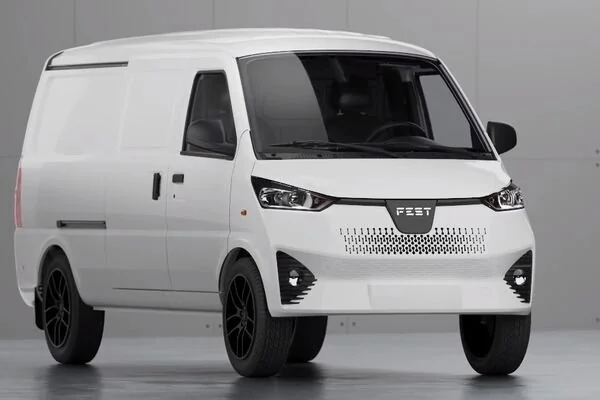The transportation industry is undergoing a significant transformation, driven by the need for sustainable, efficient, and eco-friendly solutions. Among these changes, electric vans are emerging as the future of cargo transport, offering an environmentally friendly alternative to traditional diesel-powered vehicles. As businesses and governments focus on reducing carbon emissions and improving urban mobility, electric vans are becoming a key player in the logistics sector. In this article, we explore why electric vans are poised to revolutionize cargo transport and how they are reshaping the future of delivery and logistics.
The Push for Sustainability in Cargo Transport
Sustainability has become a top priority for businesses and consumers alike. With climate change concerns mounting, companies are under pressure to adopt greener practices, and transportation is one of the biggest contributors to global greenhouse gas emissions. Diesel-powered delivery vans, commonly used for last-mile deliveries and urban logistics, contribute significantly to air pollution and carbon emissions.
Electric vans, which produce zero tailpipe emissions, present a cleaner alternative. As governments impose stricter emissions regulations and offer incentives for electric vehicles (EVs), businesses are transitioning to electric vans to meet their sustainability goals. Countries across Europe, North America, and Asia are implementing policies that encourage the adoption of electric vans, making them a vital component of sustainable urban transportation.
Cost Efficiency and Lower Operating Costs
One of the major advantages of electric vans is their cost efficiency. While the initial purchase price of an electric van may be higher than that of a diesel vehicle, the long-term savings are substantial. Electric vans are cheaper to operate due to lower fuel and maintenance costs. Electricity is more affordable than diesel, and electric motors have fewer moving parts, which reduces the likelihood of mechanical failures and the need for repairs.
In addition, electric vans benefit from incentives such as tax credits, reduced tolls, and grants in many countries, further lowering the total cost of ownership. For businesses with large delivery fleets, these cost savings can add up quickly, making electric vans an attractive option for reducing operational expenses.
Improved Urban Mobility and Reduced Congestion
As cities become more congested and urban populations grow, efficient urban mobility solutions are critical. Traditional delivery vans contribute to traffic congestion, especially during peak hours, and are often subject to restrictions in low-emission zones or city centers. Electric vans, on the other hand, are more versatile for urban environments, with many cities offering electric vehicle access to areas that are otherwise restricted to combustion-engine vehicles.
Electric vans also help alleviate traffic congestion by offering quieter operations and reduced noise pollution. Their ability to operate in low-emission zones, combined with their lower noise levels, makes them ideal for night-time deliveries, further optimizing urban logistics and reducing daytime traffic bottlenecks.
Technological Advancements and Extended Range
A key factor contributing to the growing adoption of electric vans is the rapid advancement in battery technology. Early concerns about the limited range of electric vehicles are being addressed as newer models of electric vans offer extended ranges that can handle the demands of daily cargo transport. Many modern electric vans now boast ranges of up to 200-300 miles on a single charge, which is sufficient for most delivery routes.
In addition, the development of fast-charging infrastructure is making it easier for businesses to recharge their electric fleets. Charging stations are becoming more widespread in urban areas and along key delivery routes, minimizing downtime for charging. As battery technology continues to improve, the range and performance of electric vans will only get better, making them even more competitive with traditional diesel vans.
Regulatory Support and Corporate Responsibility
Governments around the world are pushing for the adoption of electric vehicles, offering various incentives to encourage businesses to make the switch. These incentives include grants, rebates, and tax credits for electric vehicle purchases, as well as investment in charging infrastructure. Cities are also implementing low-emission zones (LEZs) and zero-emission zones (ZEZs) to reduce air pollution, and businesses that operate electric vans are often exempt from these restrictions.
Moreover, corporations are increasingly prioritizing sustainability as part of their corporate social responsibility (CSR) initiatives. Many global brands are setting ambitious targets to reduce their carbon footprints, and switching to electric vans is one of the most effective ways to achieve these goals. By integrating electric vans into their logistics fleets, businesses can not only reduce their environmental impact but also improve their brand image by showcasing their commitment to sustainability.
The Future of Electric Vans in Cargo Transport
The future of cargo transport is electric, and electric vans are at the forefront of this transition. With advancements in technology, supportive government policies, and growing pressure for sustainable solutions, the electric van market is expected to expand rapidly in the coming years. By 2030, many countries aim to phase out diesel-powered vehicles, and electric vans are set to become the new standard for urban and last-mile deliveries.
As electric vans continue to evolve, they will play a crucial role in reducing carbon emissions, improving urban air quality, and promoting efficient logistics. For businesses looking to stay ahead in the increasingly competitive logistics industry, investing in electric vans is not only a smart economic decision but also a crucial step toward a more sustainable future.


